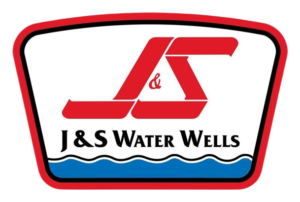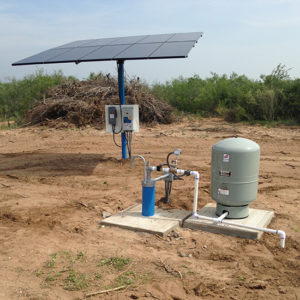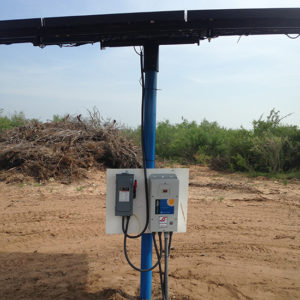

Project Overview
Conducted by the East Foundation on the historic San Antonio Viejo Ranch near Hebbronville, this project is the largest grazing study ever conducted in Texas.
The project is conducted on over 18,000 contiguous acres of native rangeland and encompasses a duration of 10 years. The goal of the project is to modify cattle stocking densities on separate pastures (averaging 4,600 acres each)/
Rotational and continuous grazing applications are being applied to determine a multitude of outcomes and predictions. Monitoring of several responses throughout the study include bovine performance and economics, specific native forage usage and wildlife population densities of birds, mammals, reptiles and amphibians.
Emphasis is placed on the bobwhite quail and the white tailed deer population response via aerial (helicopter surveys)
J&S Water Wells
In late 2016, J&S Water Wells was contracted to do an analysis of water well production and water quality assessments on the northern portion of the San Antonio Viejo Ranch and the areas in conjunction with the ongoing grazing study.
A multitude of water wells were identified and graded based on their production volume, specific capacities, method of construction and water chemistry makeup to determine their viability for use.
Using GIS mapping and range data from the genesis of the project, several areas were identified as “hot spots” where forage availability and lack of available water sources decreased the grazing potential.
The secondary phase of the project included the enhancement of several water wells. Old inoperable windmill towers were removed, the well heads were reconditioned, and solar pumping equipment was installed.
Solar pumping system design was based on the need to deliver low volumes of water over great distances. Small water troughs were installed in the “hot spot” areas and 3″ HDPE water line was buried over 4 miles in varying directions to supply water for the livestock and wildlife. The well controls were designed to handle a pressurized application, allowing for the most efficient use of water in this native landscape.


The end result of this upgrade was very successful. By harnessing the power of the sun and utilizing more modern solar pumping technology, water was able to be delivered to distinct areas very efficiently and at rates that will enable these areas to sustain manageable native wildlife populations as well as increasing the carrying capacity of the land for cattle operations.